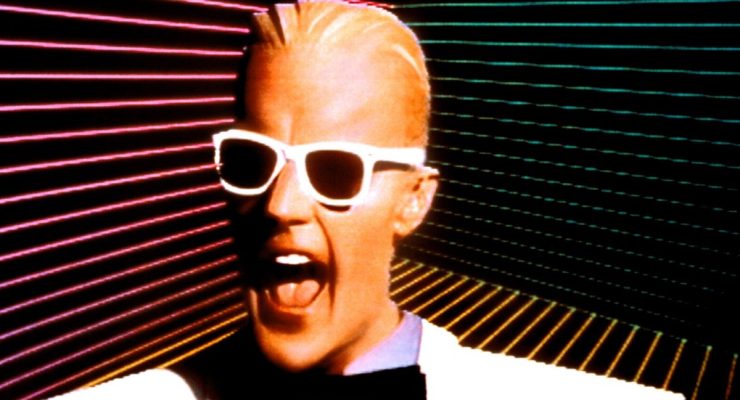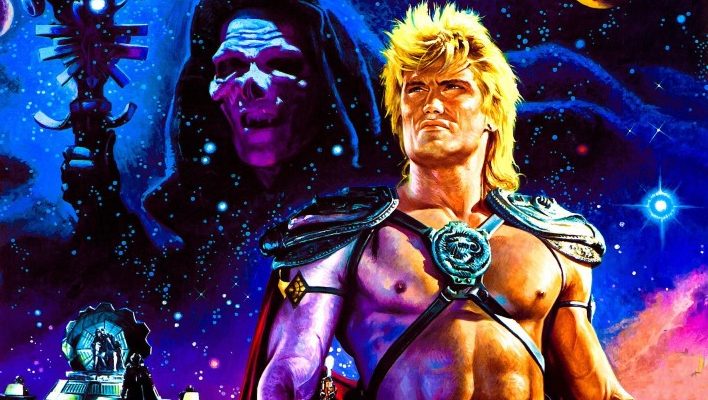Tom Jolliffe looks at cinema’s last stalwarts of practical work over CGI in movies… What does the future hold?
Technology is wonderful. Constant evolution brings with it new trends. In cinema, the computer generated image has developed exponentially in the past 30 years. From being something of an eye-catching new toy initially (or garish, nightmarishly bad eye-sore), it has quickly begun to account for the significant bulk of most blockbusters. Gone is a need to capture almost everything in camera, or cleverly composite your live setting with matte paintings or miniatures, or animate by hand onto the celluloid. Now, whatever can be imagined, can be created by computer. Likewise, there’s no longer a need to physically build a set, or go on location, or perform a stunt which may, aside from take time (which equals money), prove dangerous. Used right, CGI is a brilliant tool. Like anything though, when overused it becomes tiresome.
As a long time lover of cinema it’s often fascinated me how movies get made. In time I’ve seen this first hand. I’ve made films myself. The things I’ve personally overseen have never had CGI, if only because it’s not proved worthwhile to use. That said the permanently ‘blood’ stained wall I left at my brother’s apartment (a location) probably suggests a blood VFX plugin effect might have been less troublesome. Wouldn’t have looked anywhere near as good of course.
I’ve often seen behind the scenes videos pop up from the MCU, or other massive tent-pole films. The process sees a large green studio provides a limitless backdrop for actors who are miming actions against invisible (not yet rendered) enemies, or at best bitch slapping a tennis ball on a stick. To some it might look impressive, because ultimately a team of animators will work in unison to create a life-like background, and place props and creatures into the frame around the actors. To me, it feels a little soulless. I can’t see the appeal. Much like Shania might say, “that don’t impress me much.” Now, show me behind the scenes of an action film in the 80’s or 90’s, where almost any stunt envisioned would have to be physically performed (with a few clever tricks in unison) and I’ll be impressed. I think of an array of stunts from the first three Indiana Jones movies, or the surfing and skydiving sequences in Point Break, or the Helicopter Chase in Terminator 2: Judgment, or the insane vehicular carnage in Mad Max. I think of the awe inspiring scope of Lawrence of Arabia, Ran, or the rope bridge crossing sequence in Sorcerer. This is all about capturing what is in frame.

Peter Jackson’s journey to Middle-earth would become synonymous for the huge battle sequences. The close counter stuff is great. The shots focused on central characters would inevitably have them surrounding by 30-40 extras in full armour, and/or orc makeup. The wider battle shots were a revolutionary computer generated system that could instil automatic and random movement on each sprite to aid the impression of a mass of living entities. Impressive to a point but it looked fake. Yes, it was 20 years ago, but little has change on those sprawling wide battle shots, now translated to Marvel, DC or whatever. Give me Akira Kurosawa any day. You want a few hundred soldiers doing battle on a wide? It was all done for real in camera.
Much hype surrounds James Cameron’s Avatar: The Way of Water. The fact it’s going to be almost entirely CGI is something that leaves me feeling cold. I don’t mind animated films. I love Pixar, but to all intents and purpose, if that’s what you’re going to be, you might as well readdress your billing from live action to animated. Indeed, Jackson’s original Lord of the Rings Trilogy had gargantuan sets, masses of extras, great practical creature fx and was abetted by CGI where appropriate. The Hobbit trilogy saw a tipping of the scale far more heavily to CGI though, and a significant reason the latter felt more hollow than the iconic first film trilogy.
When it comes to actors stepping into something physical, like a real location, huge set, and a locale that’s been well dressed, it makes a big different. It gives a depth and physicality to the mise-en-scene that CGI images alone just don’t have. Now you can combine the practical set/fx/prop etc with some CGI touch ups and the blend is seamless when done well. All too often though, an actor is costumed but placed into an almost completely digital frame, from set to props and more. With action, CGI allows for a safer environment certainly, but one without grounding. The oddly weightless feel of CGI sequences isn’t such an issue if you’re a gravity defying superhero, but so many films apparently based in a world of gravity feel weightless. The Fast franchise has become susceptible to an over reliance on CGI and set pieces not bound by logic. Though wires may help a sequence shot entirely in camera, there is still a weight to shooting real stunts on location. Additionally, when you can do anything through CGI, this a tendency to show off and create all too excessive shots. This can extend to a completely CGI image where effectively the camera move itself has been made entirely in post. These shots can feel over the top, with a roving, hyperactive camera movement that becomes intrusive.

Right now there are a few last champions of blockbuster cinema who actively push for as much in-camera work as possible. Their films still retain large scale spectacle, but with explosions that are real, stunts which are real, and sets which are real (and subsequently are destroyed by pyrotechnics in a way computers haven’t been able to recreate yet). Tom Cruise is one such champion. He’s spent much of this century becoming a powerhouse producer allowing him a level of control few others can attain. In being perhaps the last great movie-star, Cruise can push for the extra mile in films like Top Gun: Maverick (currently smashing box office records) or his Mission: Impossible franchise. Much is made of Cruise’s dedication to action sequences and performing as many stunts himself as possible. Whether it’s a halo jump, piloting a helicopter, hanging from a helicopter, hanging out of plane on takeoff, descending one of the worlds highest buildings, car stunt driving, motorbike stunt riding…Cruise is often front and center. He might be crazy to do it, but that dedication makes a huge difference to the stakes of an action sequence. When the sequence is actually captured in camera, and he’s doing it, it makes the scene all the more thrilling.
A number of directors also continue to push for as much practical work in their films as possible. Christopher Nolan, whether in action, real sets, locations or using miniatures where possible, continues to push the kind of spectacle that’s becoming all too rare. His last film, Tenet was no different. Whilst I’m no fan of the story itself, I can still commend his insistence on crafting set pieces as practically as possible (including crashing and exploding a real plane into an aircraft hangar). Quentin Tarantino, much like Nolan, not only insists on practical over CGI, but the pair are also two rare, belligerent and rebellious exponents of shooting on film over digital too. Denis Villeneuve has done big budget sci-fi, which inherently lends itself to a reliance on CGI. What he did though, as much as any tent-pole sci-fi opus could do, was use as much practical work as possible, be it miniatures over CGI, or location shoots, clever compositing and more.
With the success of Maverick and how impressive those aerial set pieces were, will more filmmakers go the extra mile to create action scenes equally as immersive? Will any studios want to give the time and care to put cast through rigorous training when CGI doubling can just allow a stunt person to perform within the green screen studio. I can’t see how even the most ardent MCU aficionado isn’t left a little cold by the excessive but weightless and stake-less set pieces that have been shot against a studio green screen. In Maverick’s sensational set pieces, I was gripped. I could almost feel the G-force. It was breathtaking, nerve wracking(wrecking too) and frankly jaw dropping. So immersive in fact, that those moments where CGI is used to elaborate moments in the action, didn’t intrude. Is it too much to ask to get some genuine thrills back into blockbuster cinema and to give Tom Cruise some help? In the end, the mass of films shooting so much on green screen, resulting in images that feel unnatural, on occasionally non-existent sets, are becoming interchangeable.
Tom Jolliffe is an award winning screenwriter and passionate cinephile. He has a number of films out on DVD/VOD around the world and several releases due out in 2022, including, Renegades (Lee Majors, Danny Trejo, Michael Pare, Tiny Lister, Nick Moran, Patsy Kensit, Ian Ogilvy and Billy Murray), Crackdown, When Darkness Falls and War of The Worlds: The Attack (Vincent Regan). Find more info at the best personal site you’ll ever see here.
















